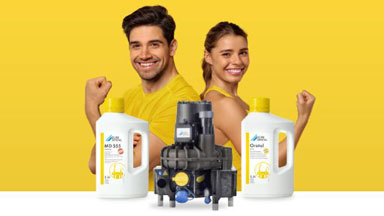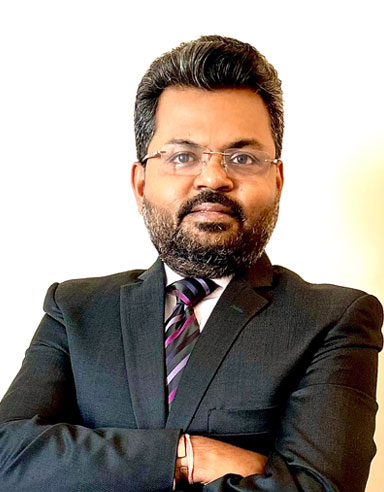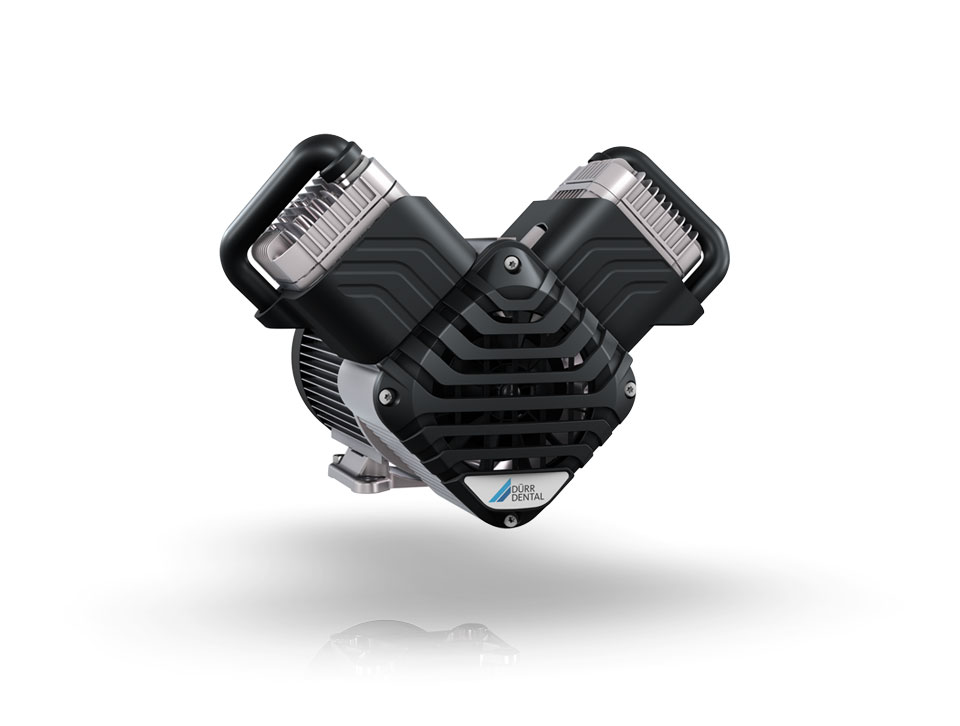Deadly viruses and other pathogens from all around the world can arrive on our shores at any time. Recent reports on Marburg virus disease and the monkeypox virus have highlighted how, for example, a person returning from a holiday trip can bring such viruses with them and carry them into a dental practice. At the same time, the SARS-CoV-2 virus known from the COVID-19 pandemic, which originally came from China, is still active in Germany, although the deadly impact we saw in the years from 2019 to 2022 has now been lessened significantly. Because of their close physical proximity to patients, dental teams are directly exposed to these potentially deadly microorganisms.
The compressor – the heart of dental practices and laboratories
Here, a key safety factor is ensuring that the dental air meets the requirements of ISO 22052. Compressors that provide dry, oil-free and hygienic air in accordance with this international standard are one of the core building blocks of any hygiene and infection control concept for dental practices. But not only this, they also help to ensure effective and successful adhesive fixing of composites and ceramics and are a prerequisite for successful use of CAD/CAM machines in laboratories and dental practices.
This is why compressors are often referred to as the heart of a dental practice or laboratory, because they help teams and their patients by ensuring that straight and contra-angle hand pieces, powder jet devices, treatment units and CAD/CAM devices all run smoothly – and this up to 24 hours a day and 7 days a week.
Nevertheless, despite playing such a pivotal role, compressors tend to do their work very quietly – unseen and almost silent in the background, but nonetheless always delivering impressive performance. Apart from an annual filter change, they require almost no attention whatsoever (e.g. Power Tower View, Dürr Dental, Bietigheim-Bissingen).
This type of “colleague” is a highly welcome addition to any team – ideally “Made in Germany” by the company that invented oil-free dental compressors. Thanks to their special design and the materials used, these devices require no oil at all. And if your practice grows and you decide to add one or two more rooms for dental treatments or prophylaxis sessions with a hygienist then certain models can simply grow with the practice (e.g. Silver Airline tandem compressors, Dürr Dental, Bietigheim-Bissingen).
Dental air – one of the pillars of hygiene and infection control
The specific quality requirements for dental compressed air are defined in section 5.3 of ISO 22052. These include, for example, a pressure dewpoint of +3°C. This keeps the moisture levels of the compressed air in the green range for sensitive dental instruments and devices, such as turbines and CAD/CAM systems. On devices like this, moisture in the compressed air could lead to corrosion on spindle components or could cause the spindle bearings to be destroyed by particles and the resulting mechanical wear. This can be avoided with three-stage filtration including an intake filter (fineness: 3 µm), a coalescing filter (0.01 µm) and a bacteria filter (0.01 µm).
In prosthetic work, oil and moisture on blanks can have a negative impact on subsequent shaping and finishing processes such as colouring, coating, glazing or zirconium oxide burning. In the worst case, this could potentially lead to the workpiece being destroyed – were it not for the membrane drying unit and the completely oil-free production of dental compressed air.
Thanks to the membrane drying unit, the oil-free components and the three-stage filtration it is possible to meet the strict requirements of CAD/CAM device manufacturers. This keeps equipment running for a long time and ensures that dental restorations and prosthetic treatments last – thereby maximising return on investment.
Likewise, this also ensures a consistently high quality of dental treatments. For example, moisture and oil films would impair the adhesive fixing of composite fillings. Dry, oil-free and hygienic compressed air all combine to help ensure successful treatment outcomes.
But not only this – it also protects the inner workings of the compressor itself. Thanks to the membrane drying unit the tank is protected against corrosion, while at the same time the dry environment offers protection against the growth of potentially harmful microorganisms. As a result, no additional germs are blown from the interior of the compressor into the contaminated practice air, which may often already have a significant burden in terms of germs and solvents1.
Avoiding the spread of disease through professional, scientifically appropriate hygiene regimes
If things are working well from a technical point of view, this helps to build a bond of trust between dental professionals. If the compressors used on both sides comply with the requirements of ISO 22052 then the dentist and the dental technician know that they can rely on each other.
And it also means that the advantages of this setup can explained confidently to patients – after all, it is a fact that oil-free, dry and hygienic compressed air is an essential part of delivering lasting, durable treatments and that it protects (additional) investments in high-quality dental treatments and dental technical services (e.g. bonding of inlays with adhesive).
Patient health is protected by eliminating potentially pathogenic germs, as is the health of practice staff. The recent case of a medical student in Rwanda2 highlights quite how important it is to ensure that all required safety and protective measures are adhered to. This student actually came into contact with patients suffering from Marburg virus disease, and it does not bear thinking about what might have happened had he not properly protected himself by following a full general medical hygiene regime.
In the area of dental treatments, as an additional requirement for effective hygiene and infection control it is also vital that the compressor delivers oil-free, dry and hygienic air in accordance with ISO 22052. And another advantage for dental practices is that a compressor is certified as a Class IIa medical device in accordance with the Medical Device Regulation (MDR, EU 2017/745) (e.g. Silver Airline, Dürr Dental, Bietigheim-Bissingen).
References
1. www.abavital.de/wp-content/uploads/2021/01/Whitepaper-Raumluft-in-der-Zahnarztpraxis.pdf, accessed on 07/10/2024
2. www1.wdr.de/nachrichten/was-ist-das-marburg-virus-hamburg-100.html, accessed on 29/10/2024



